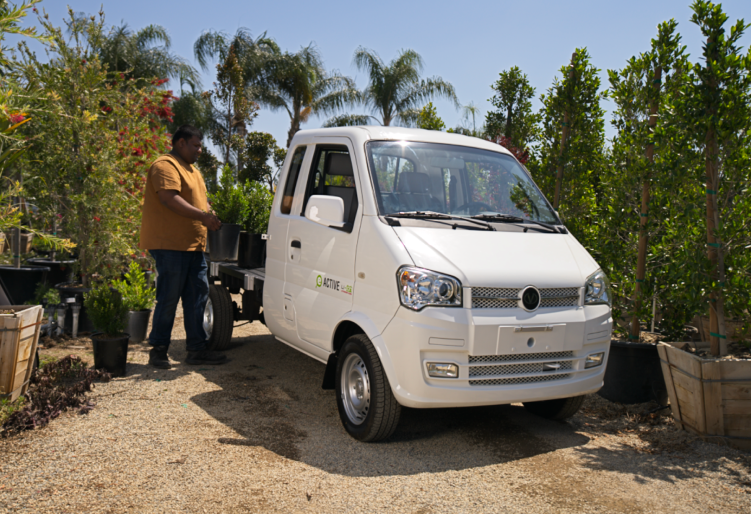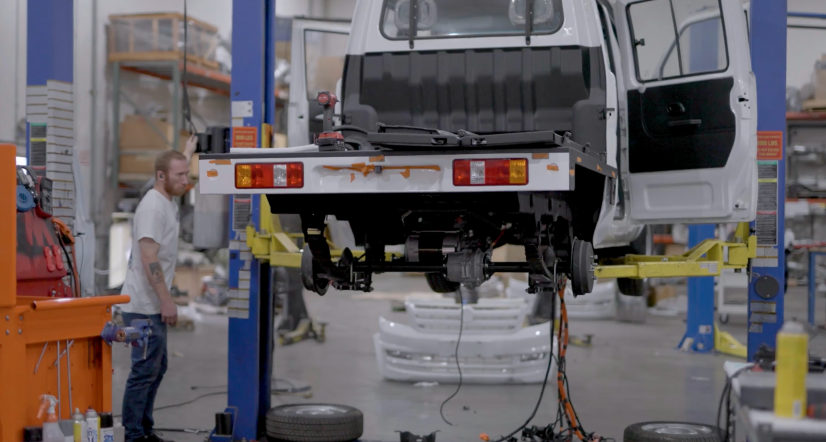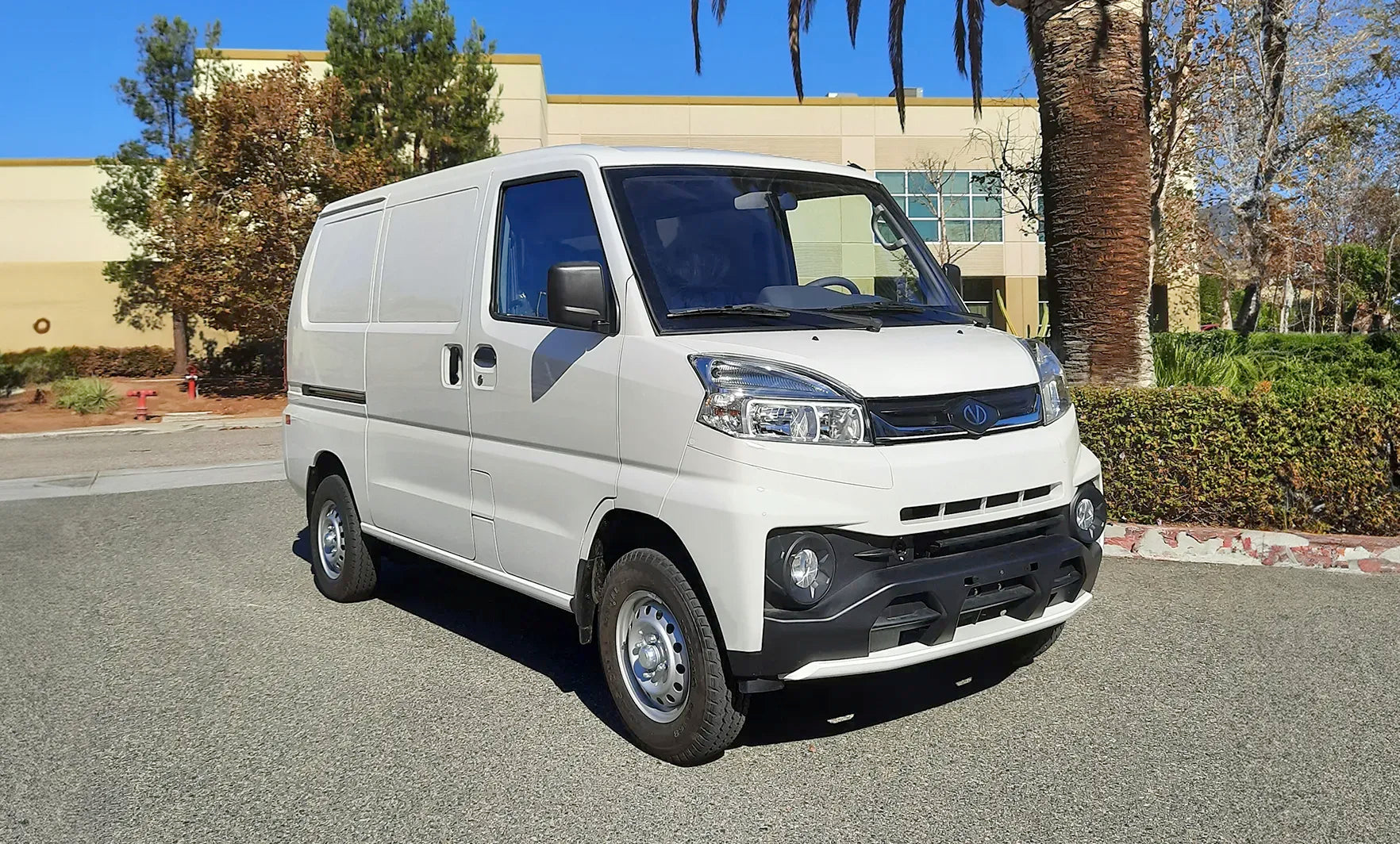The Role of Low-Speed Vehicles in Emergency Response

In an era marked by increasing demands on emergency response systems, low-speed vehicles (LSVs) are rapidly becoming powerful tools for public safety professionals. Compact, highly maneuverable, and cost-efficient, these vehicles are being adopted by municipalities, universities, industrial facilities, and public venues as part of a more responsive and adaptable emergency strategy.
LSVs offer a compelling alternative to traditional emergency vehicles. Their expanding role reflects a broader trend: the search for smart, scalable mobility solutions that balance performance with practicality—especially in the fields of emergency medical response, public safety, and facilities support.
Rethinking Emergency Response: Why Agility and Cost-Efficiency Matter
For decades, emergency response fleets have relied heavily on large, high-powered vehicles. While essential in many situations, these vehicles also come with significant limitations. They’re often too large to access confined areas such as pedestrian pathways, stadium concourses, campus quads, and park trails. They consume more fuel, cost more to maintain, and aren’t always the best fit for rapid deployment in dynamic or low-intensity scenarios.
Enter the low-speed vehicle—a category of utility vehicle that can complement traditional emergency response assets. These smaller emergency vehicles excel in environments where space is limited and speed is secondary to access, visibility, and control. For planners and safety coordinators seeking innovative ways to improve response times and reduce budget strain, LSVs deliver a high-value solution that doesn’t sacrifice utility.
Advantages of LSVs in Emergency Response Scenarios

From fire marshals to EMT crews, emergency personnel increasingly rely on vehicles that can go where full-size units can’t. LSVs are purpose-built for that versatility. Let’s take a closer look at the benefits of LSVs as emergency response vehicles:
- Agile and accessible: Their smaller footprint and tight turning radius make them ideal for entering crowds, alleys, or construction zones—places where traditional vehicles stall or reroute.
- Lower cost of operation: Fully electric LSVs cost as little as 5 cents per mile to operate—significantly less than gasoline-powered alternatives, which can exceed 18 cents per mile.
- Custom-built for function: Many LSVs can be outfitted with mission-specific features, such as medical storage, sirens, or lighting systems, to suit EMT, security, or supervisory roles.
- Eco-conscious design: Electric models are zero-emission, supporting green fleet initiatives for municipalities and campuses aiming to reduce their carbon footprint.
- Street legal: When compliant with applicable state and federal regulations, they can be deployed safely on both public roadways and private grounds with speed limits of 35 mph or less.
As safety needs evolve, so too must the emergency response vehicles designed to meet them. LSVs offer a way forward—especially for organizations that value flexibility and cost containment without compromising performance.
Real-World Applications: Where LSVs Make a Difference

Low-speed vehicles are already proving their value across a range of environments:
- University and corporate campuses: Campus safety officers use LSVs to quickly respond to medical incidents or security concerns without disrupting pedestrian traffic. Their compact size and silent electric operation make them ideal for high-foot-traffic areas.
- Large event venues: Whether at a concert, sporting event, or festival, LSVs enable medical teams and safety officials to wend their way through crowds efficiently—getting personnel and equipment to where they’re needed faster.
- Parks and trail systems: In outdoor spaces with narrow paths or restricted access, LSVs allow emergency teams to reach remote areas that standard trucks simply can’t access.
- Industrial complexes and ports: With wide campuses and complex layouts, industrial operations benefit from the mobility and cargo capacity of LSVs for rapid on-site incident response.
Vantage Ambulance Kit Vans: A Practical Emergency Response Platform

Vantage Vehicle’s Ambulance Kit Vans are built with these real-world challenges in mind. Available in both gasoline and 100% electric models, these vans act as versatile emergency response vehicles that combine low-speed mobility with life-saving capability.
Their key features include:
- First aid and medical storage
- Rear cabinet and patient cot
- Attendant/EMT seating
- Emergency siren and PA system
- Warning strobes and medical decals
- Easy-to-clean flooring for sanitation
With seating for up to six passengers, fully enclosed cabins, and rugged unibody construction, these vans are designed for all-weather, all-season performance. Electric models offer 30+ to 50+ miles of range and charge from a standard 110V outlet, while gas models provide extended range for continuous service. Add-on options such as solar panels, backup cameras, and cargo dividers further increase its effectiveness in emergency services fleets.
The Smart Move for Modern Emergency Planning
From minor incidents to critical care situations, low-speed vehicles offer a scalable solution adaptable to many types of emergency events. As demands on emergency services grow, integrating agile, cost-effective vehicles like Vantage’s Ambulance Kit Vans is a smart move for future-ready response planning.





